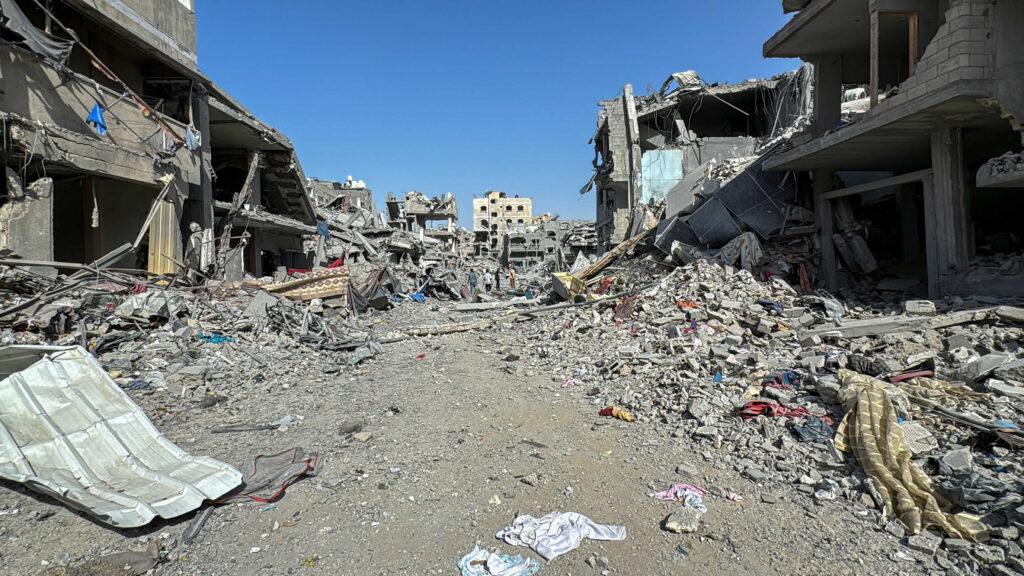The aftermath of war leaves a profound impact on the affected communities, with the daunting task of rebuilding not just the physical infrastructure but also the social fabric of society. The process of reconstruction is complex and multifaceted, requiring a strategic and inclusive approach to ensure long-term peace and development.
Immediate Effects of War
War ravages societies, leaving behind a trail of destruction that affects every aspect of life. The immediate effects are often visible in the form of damaged infrastructure, disrupted services, and a traumatized population. Addressing these challenges is the first step towards rebuilding. It involves assessing the damage, understanding the needs of the community, and prioritizing actions that can quickly restore basic services and provide relief to the population.

The Role of Government and Community Engagement
A successful rebuilding process necessitates the involvement of both government and the community. The government must take the lead in coordinating efforts, mobilizing resources, and providing the necessary policy framework for reconstruction. However, the engagement of the community is equally crucial. Local populations must be involved in the decision-making process, ensuring that the rebuilding efforts are aligned with their needs and aspirations. This participatory approach fosters a sense of ownership and empowerment among the community members, which is essential for the sustainability of the rebuilding efforts.
Incorporating Psychological and Social Rehabilitation
The scars of war are not only physical but also psychological. Communities affected by war often experience trauma, loss, and a breakdown of trust. Psychological and social rehabilitation is a critical component of the rebuilding process. Initiatives such as community-based therapy, support groups, and social activities can help individuals and communities heal from the psychological wounds of war. Rebuilding trust and social cohesion is vital for preventing future conflicts and ensuring a peaceful coexistence.
Economic Recovery and Sustainable Development
Economic revitalization is a cornerstone of post-war rebuilding. The destruction of war often leaves economies in shambles, with high unemployment rates and a lack of opportunities. Rebuilding efforts must focus on creating jobs, supporting local businesses, and attracting investment. Long-term economic recovery is intertwined with sustainable development. Therefore, reconstruction plans should incorporate sustainable practices, such as the use of renewable energy and the promotion of environmentally friendly industries, to ensure the resilience of the economy against future shocks.
Rebuilding Physical Infrastructure with a Vision for the Future
The reconstruction of physical infrastructure is perhaps the most visible aspect of rebuilding after war. It involves restoring essential services such as housing, transportation, and public spaces. However, it is important to rebuild with a vision for the future. This means adopting modern building techniques, considering the needs of a growing population, and planning for urban expansion. Infrastructure should be built to be durable, adaptable, and capable of withstanding potential future conflicts.

Conclusion
Rebuilding after war is a challenging yet essential process for the affected communities. It requires a comprehensive approach that addresses the immediate effects of war, involves the government and the community, incorporates psychological and social rehabilitation, focuses on economic recovery and sustainable development, and rebuilds physical infrastructure with a vision for the future. By adopting such an approach, societies can not only recover from the devastation of war but also lay the foundation for lasting peace and prosperity. For further insights and detailed strategies on post-war rebuilding, readers can explore the resources provided.

